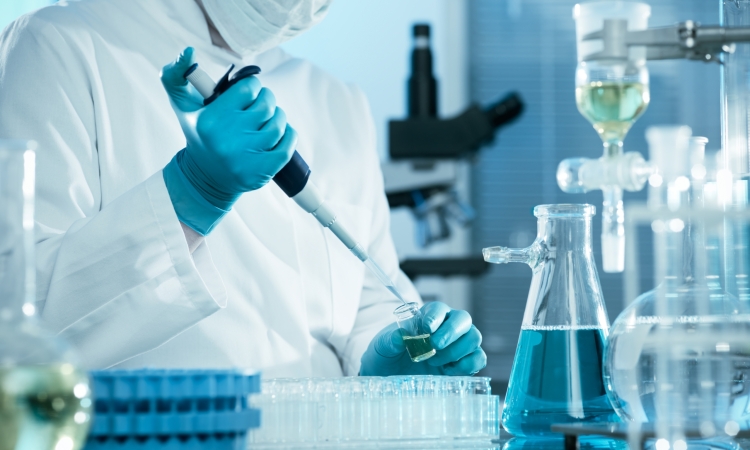Moving a lab can be a complex and challenging process, but it doesn’t have to be. By following these five steps, you can ensure that your lab move goes smoothly and efficiently.
1. Choose a reputable lab mover.
The first step is to choose a reputable lab mover with experience in lab relocations. This is important because lab equipment is often delicate and expensive, and you need to be sure that it will be handled with care. A good lab mover will have the expertise and resources to safely move your lab equipment, as well as the insurance to protect you in case of damage.
2. Get organized.
Once you’ve chosen a lab mover, it’s time to get organized. This includes creating a detailed inventory of your lab equipment, as well as a plan for how you want the equipment to be moved. It’s also important to communicate with your lab staff about the move and to make sure that they are aware of the timeline and the need to prepare their work areas.
3. Pack and label carefully.
The next step is to pack and label your lab equipment carefully. This is important to protect the equipment from damage during the move. Be sure to use sturdy boxes and packing materials, and label each box carefully with the contents and the destination room.
4. Coordinate with the lab mover.
Once your equipment is packed and labeled, it’s time to coordinate with the lab mover. This includes providing them with a detailed inventory and a plan for how you want the equipment to be moved. It’s also important to be available on the day of the move to answer any questions that the lab mover may have.
5. Inspect the equipment after the move.
Once the equipment has been moved, it’s important to inspect it carefully to make sure that it is undamaged. This is especially important for delicate or expensive equipment. If you find any damage, be sure to report it to the lab mover immediately.
By following these five steps, you can ensure that your lab move goes smoothly and efficiently. With careful planning and execution, you can minimize downtime and disruptions to your lab operations.
Here are some additional tips for a successful lab move:
- Start planning early. Lab moves can take a lot of time to plan and execute, so it’s important to start planning early. This will give you enough time to get quotes from lab movers, create a detailed inventory, and coordinate with your lab staff.
- Get everything in writing. Once you’ve chosen a lab mover, be sure to get everything in writing, including the scope of work, the timeline, and the cost. This will help to avoid any misunderstandings or disputes down the road.
- Be flexible. Things don’t always go according to plan, so it’s important to be flexible during a lab move. Be prepared to make changes to the schedule or the plan if necessary.
- Communicate with your lab staff. Keep your lab staff informed about the move throughout the process. This will help to minimize disruptions to their work and to ensure that they are prepared for the move.
- Inspect the equipment after the move. Once the equipment has been moved, be sure to inspect it carefully to make sure that it is undamaged. This is especially important for delicate or expensive equipment. If you find any damage, be sure to report it to the lab mover immediately.
By following these tips, you can ensure that your lab move is a success.


